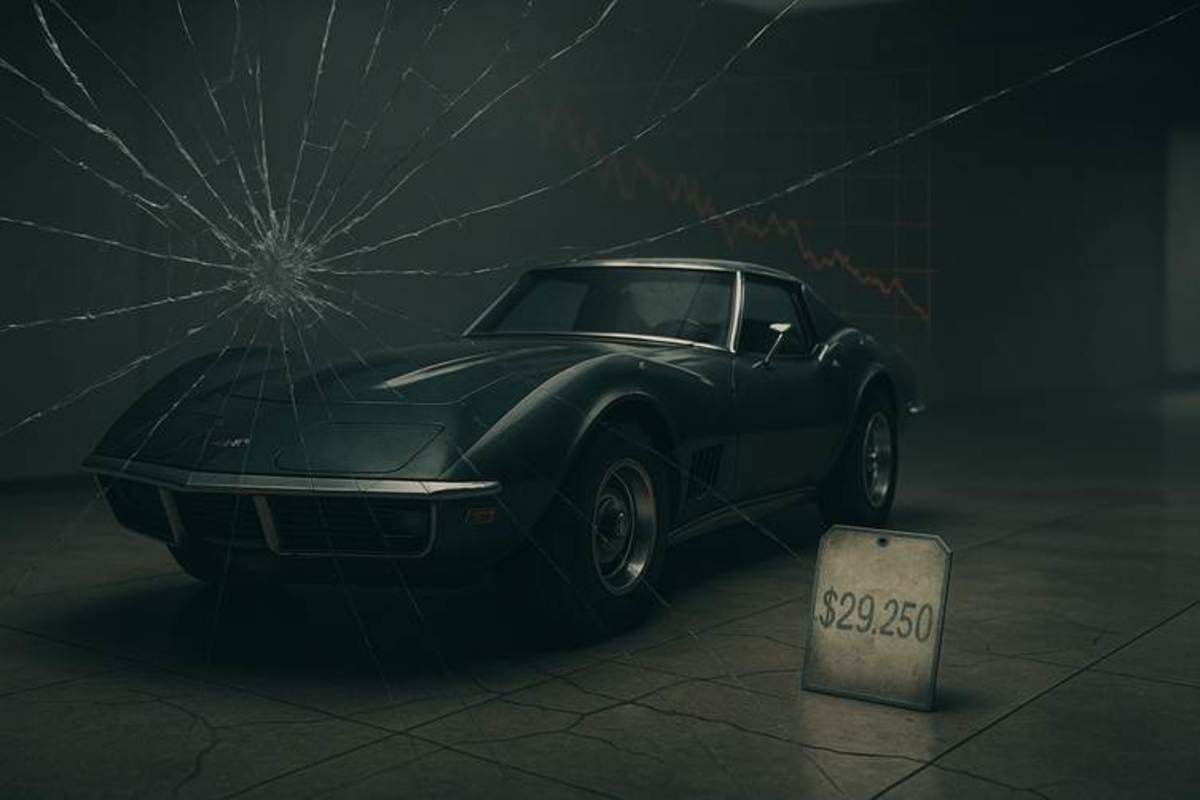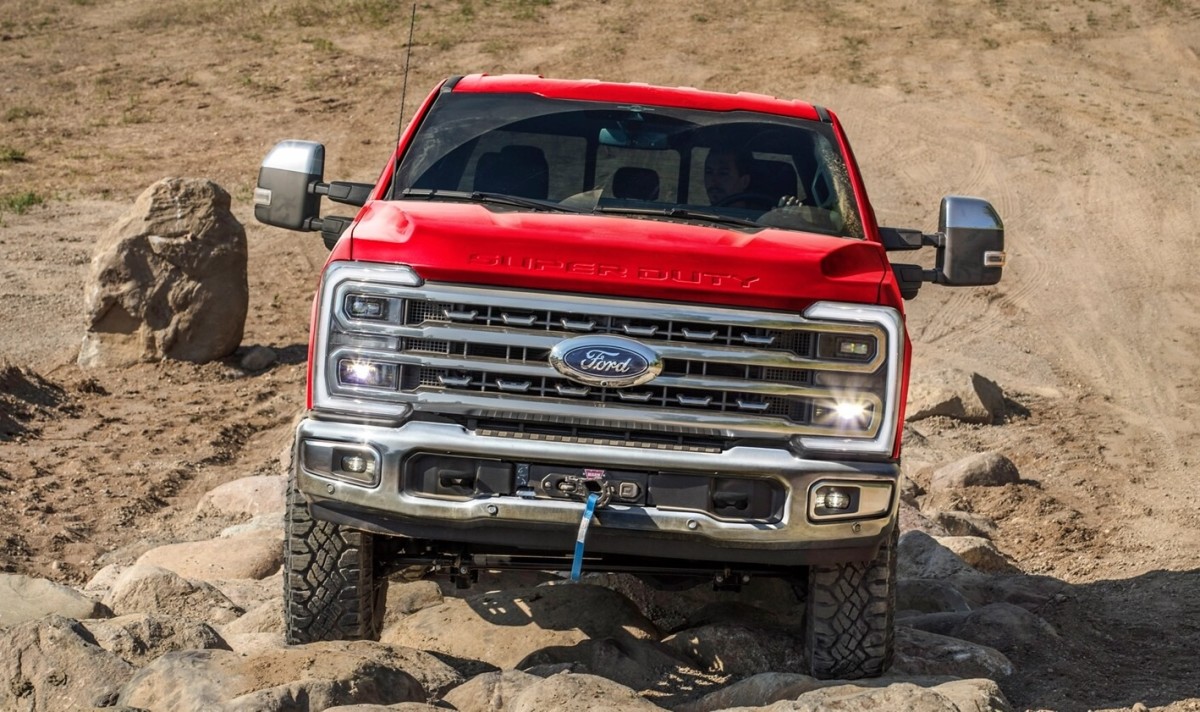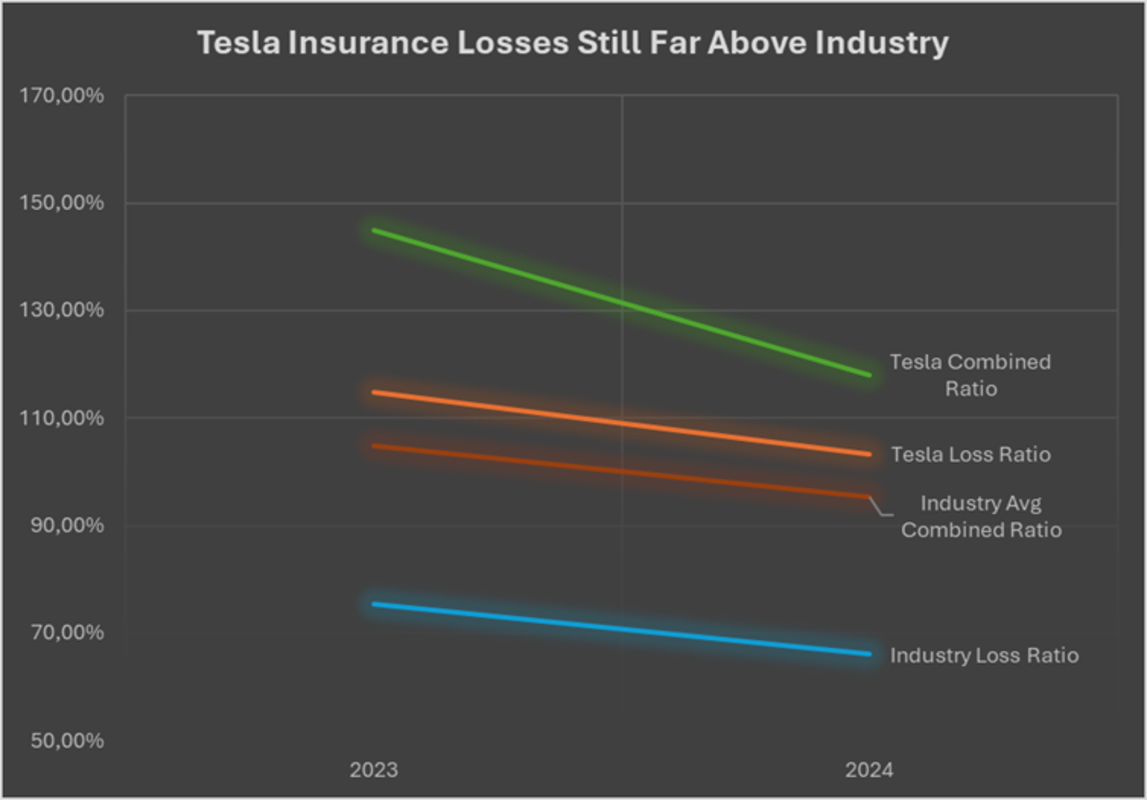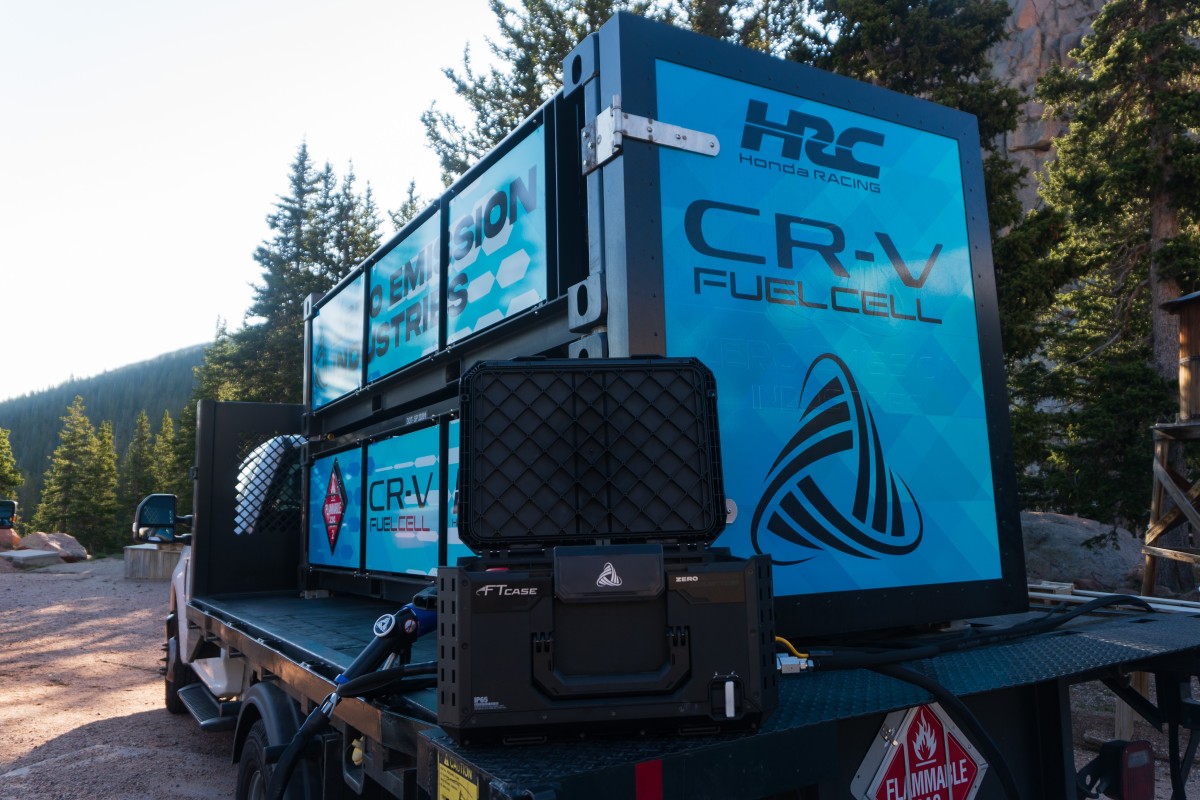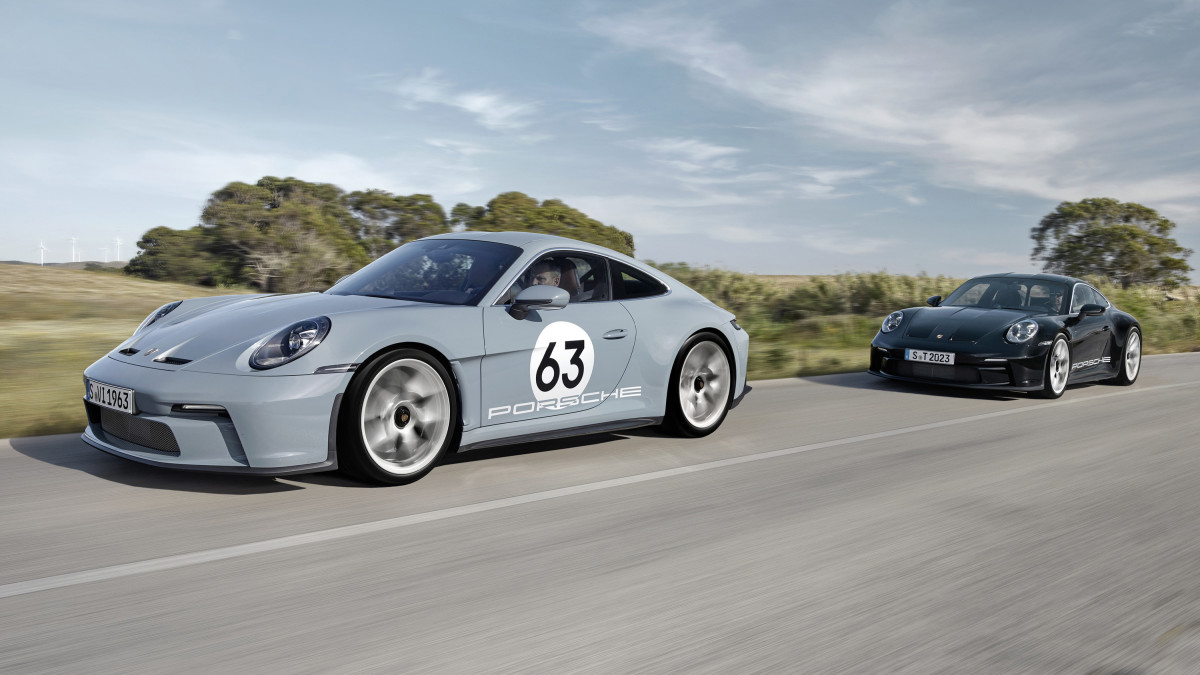“Hands-free” appeals to many drivers. Yet test data shows how each system handles the real-world very differently. Here’s what you need to know to choose wisely.
Brian Iselin
How They Rank
Ford’s BlueCruise tops Consumer Reports’ latest active driving assistance tests with 84 points; GM’s Super Cruise follows at 75; Tesla’s Autopilot lands at 61. The Insurance Institute for Highway Safety assigns BlueCruise the strongest safeguard ratings, Super Cruise middling marks, and Autopilot a lower tier (IIHS, 2023). Meanwhile, NHTSA’s EA22-002 report links several Autopilot overrides to incidents when drivers regained control under glare or faded lane lines.
Testers describe a common highway stretch at dusk where lane markings blur. BlueCruise’s eye-tracking camera warns early, then ends hands-free when maps lack recent updates. Super Cruise uses precise HD maps plus lidar-derived data to prompt takeover smoothly as fading lines approach. Autopilot’s vision-only stack hesitates under glare, requiring manual steering with less warning.
Sensor and Software Breakdown
- BlueCruise relies on forward cameras plus infrared driver-monitoring. It restricts hands-free to designated “Blue Zones” (Ford publishes region maps). Eye-tracking ensures the driver watches the road.
- Super Cruise combines high-definition lidar-scanned maps with radar and camera data. An infrared sensor checks head position; hands off feels secure until map data detects new construction or unclear markings.
- Autopilot (FSD Beta) uses a vision-only neural-net stack. It operates beyond geofenced highways but lacks the predictive map layer. Updates arrive over-the-air frequently, altering the cars behavior unpredictably.

Brian Iselin
Transition Tactics
Each system alerts drivers differently: steering-wheel vibrations, audible chimes, dashboard prompts. BlueCruise’s prompt can feel abrupt when exit ramps aren’t in its database. Super Cruise often issues a gentle vibration before displaying “Take Control” messages. Autopilot may allow slight steering inputs before disengaging, but reports note some drivers found the warning delay risky.
Hands-Free Safety: Crash Counts and Fatalities Compared
GM’s Super Cruise boasts over 160 million accident-free miles with no publicly documented fatal crashes under its engagement . Ford’s BlueCruise has been implicated in approximately 32 reported crashes under NHTSA review, including two fatal collisions in Mustang Mach-E vehicles resulting in three deaths (NHTSA ODI, 2024) . Tesla’s Autopilot has been involved in 956 reported crashes reviewed by NHTSA and is linked to 51 reported fatalities to date (NHTSA EA22-002, 2024). Enthusiasts should note that reporting criteria vary and ongoing probes may uncover further data, underscoring the importance of vigilance and understanding each system’s limitations.
Coverage and Update Cadence
BlueCruise restricts hands-free to mapped stretches in the U.S., Canada, and select regions; Ford updates zone maps periodically. Super Cruise covers over 750,000 miles of roads in North America, with map updates via dealer visits or over-the-air in newer models. Autopilot’s software changes often, but without map anchoring, performance can vary by region and conditions.
Brian Iselin
Practical Recommendations
- Match System to Drive Profile: If you log long interstate miles in mapped areas, Super Cruise offers predictability. For regional highway runs within Ford’s Blue Zones, BlueCruise excels with strict gaze monitoring. If you enjoy frequent software tweaks and can stay vigilant for false positives, Autopilot may appeal—but treat it as a beta experiment.
- Test under Known Conditions: On a clear day, engage hands-free on a familiar highway. Note how each handles faded lines, curves, or light rain. Observe takeover warnings: is the vibration firm? Is the chime clear? Does the prompt arrive early enough?
- Stay Alert at All Times: Hands-free does not mean eyes-free. Keep gaze on the road even if systems allow relaxed hands. Note that NHTSA data demonstrate that incidents often occur within seconds of takeover.
- Check Map and Feature Coverage: Before relying on hands-free in a new region, verify if your route lies within BlueCruise or Super Cruise zones. Understand that Autopilot may operate but might misread unfamiliar markings.
- Plan for Updates and Maintenance: Factor in how frequently each system updates. Ford’s BlueCruise zone updates may lag new roads. Super Cruise map refreshes often require dealer or connected-car service. Tesla’s Autopilot updates automatically but can alter performance without warning.
Essential Metrics at a Glance
- BlueCruise: CR score 84; top IIHS safeguards; strict eye-tracking; 32 crashes and 3 fatalities, limited to Blue Zones (Consumer Reports, 2025; IIHS, 2023).
- Super Cruise: CR score 75; broad HD-map network; lidar+radar support; smooth prompts; zero crashes and zero fatalities (160 million accident-free miles), map updates via OTA/dealer (Consumer Reports, 2025; GM, 2024).
- Autopilot: CR score 61; vision-only stack; wide availability; frequent software shifts; 956 crashes and 51 fatalities (Consumer Reports, 2025; NHTSA, 2022).
Hands-free systems free your hands but not your responsibility. Choose BlueCruise for strict monitoring in mapped corridors. Opt for Super Cruise if you need broad coverage, map-driven predictability, and a perfect safety record. Treat Autopilot as NSFW; an evolving tool that demands constant vigilance. Test each under clear conditions, track updates, and always keep eyes forward.

